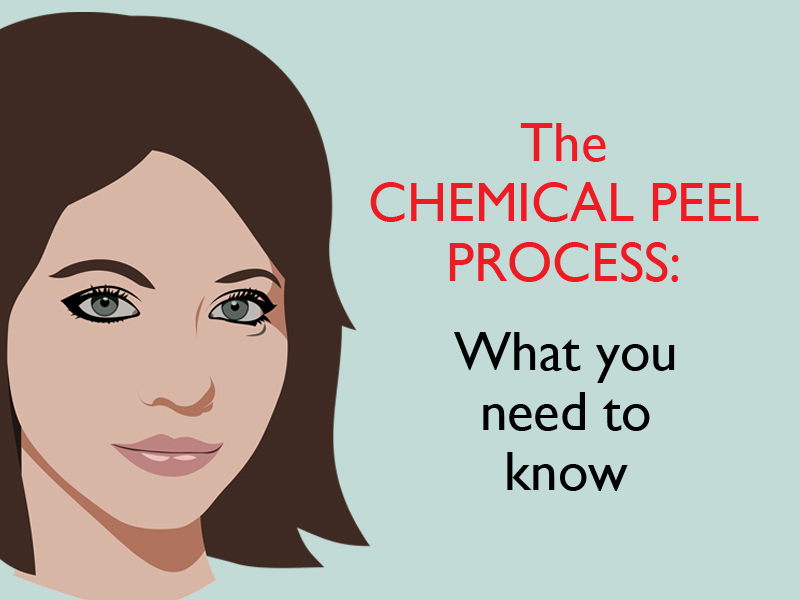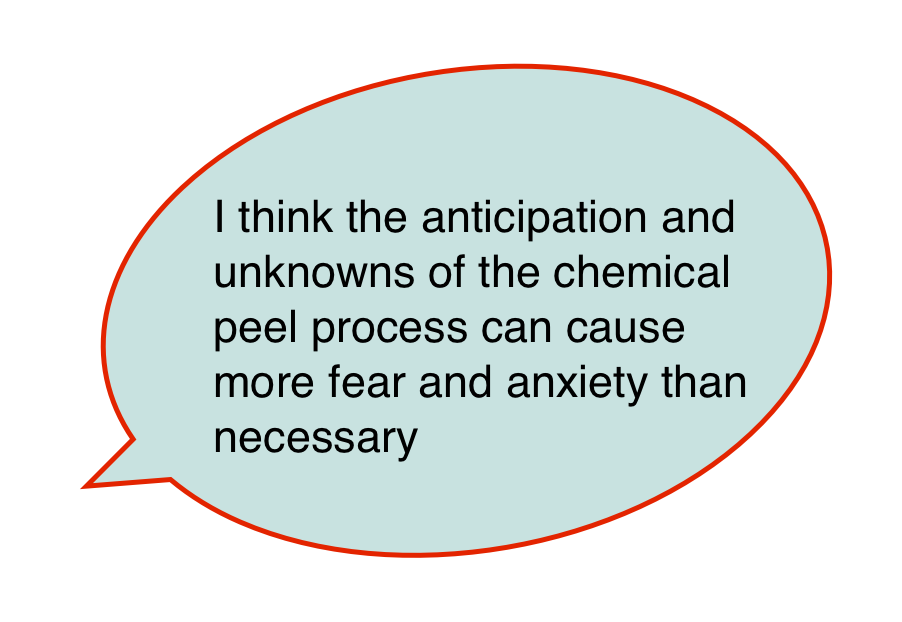
The term chemical peel process can sound overwhelming, especially when you think of it in terms of peeling off a layer of your face. Never fear. A chemical peel doesn’t have to be as drastic as that. Chemical peels come in a variety of strengths and the products are created specifically for use on your face.
We offer chemical peel as part of our aesthetics services at Primary Care Simplified.
What a Chemical Peel Does
This facial treatment uses chemicals like salicylic acid, glycolic acid, or trichloroacetic acid to remove layers of old damaged skin to reveal healthy, new skin below.
Chemical peels are in effect a skin-resurfacing procedure that can be adapted to your needs. You could use a chemical peel for acne, fine wrinkles, dryness, or to remove dead, dull skin. There are three kinds with different benefits.
1 A light chemical peel removes the outer layer of your skin. Estheticians and dermatologists choose this peel to treat fine wrinkles, acne, uneven skin tone, and dryness.
2 A medium chemical peel goes deeper, removing skin cells from the epidermis and upper part of your middle layer of skin. Your provider would recommend this if you need to treat wrinkles, acne scars, and uneven skin tone.
3 A deep chemical peel goes even deeper into middle layer of your skin. A provider will often recommend a deep peel for deeper wrinkles, scars, or precancerous growths.
Is a Chemical Peel Process Safe?
The answer is yes, if you choose a qualified and experienced provider.
However, I think the anticipation and unknowns of the chemical peel process can cause more fear and anxiety than necessary, so I’ll give you a quick peek at what happens during a chemical peel.
First, most chemical peels can be performed in the comfort of your dermatologist or provider’s office. No anesthesia or mild local numbing is required, but if you’re receiving a deep peel, mild sedative medication may be used.
To begin, your provider will cleanse and dry your skin and then place thick emollients or gauze around your eyes, hair, nose, and mouth.
Then they will apply the chosen chemical solution to your skin and allow it to sit. It may cause some stinging or discomfort while it works. If you experience excessive pain, your provider can take steps to relieve it.
Your provider will then remove the chemical solution and make your skin as comfortable as possible. You will be given an aftercare plan that will include instructions like:
- don’t wear make-up for 1-2 weeks, and
- use sunscreen to protect your sensitive skin.
After your peel, you can expect:
Day 1-2
- some redness, tingling, or burning
- some dryness, irritation, and mild swelling
Days 2-3
- skin may look flaky or peel
- discolorations or imperfections may be more noticeable
Days 3-4
- skin breakouts
- skin may look tan or slightly darker than usual
Days 5-7
- all side effects should start to subside
- your skin should begin to look and feel “normal”
Days 7-14
- healthy, new skin will become more and more evident
One month
- any redness or darker or lighter skin will clear up and you’ll have fresh new skin!
Is Your Skin Ready For a Refresh with a Chemical Peel Process?
You can read more about how we do chemical peels at Primary Care Simplified here. Then, contact us for a consultation today! We’ll take a look at your concerns and assist you in choosing the perfect solution for your skincare needs!

